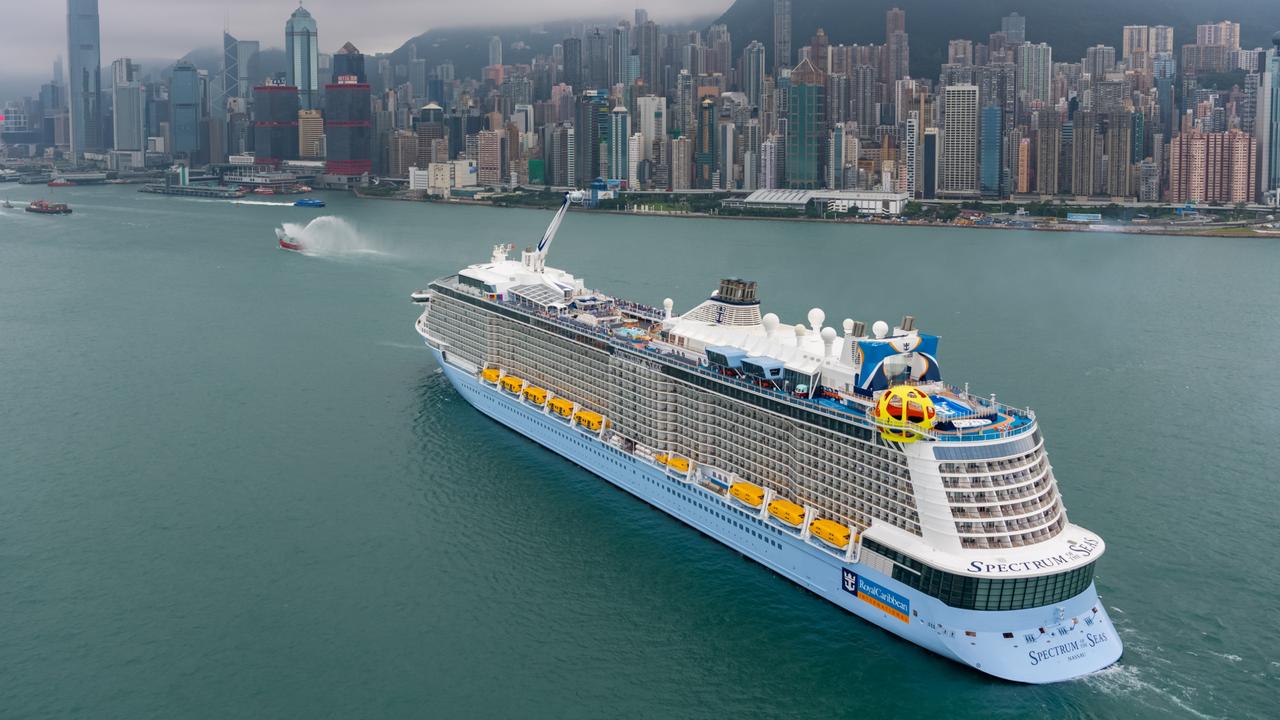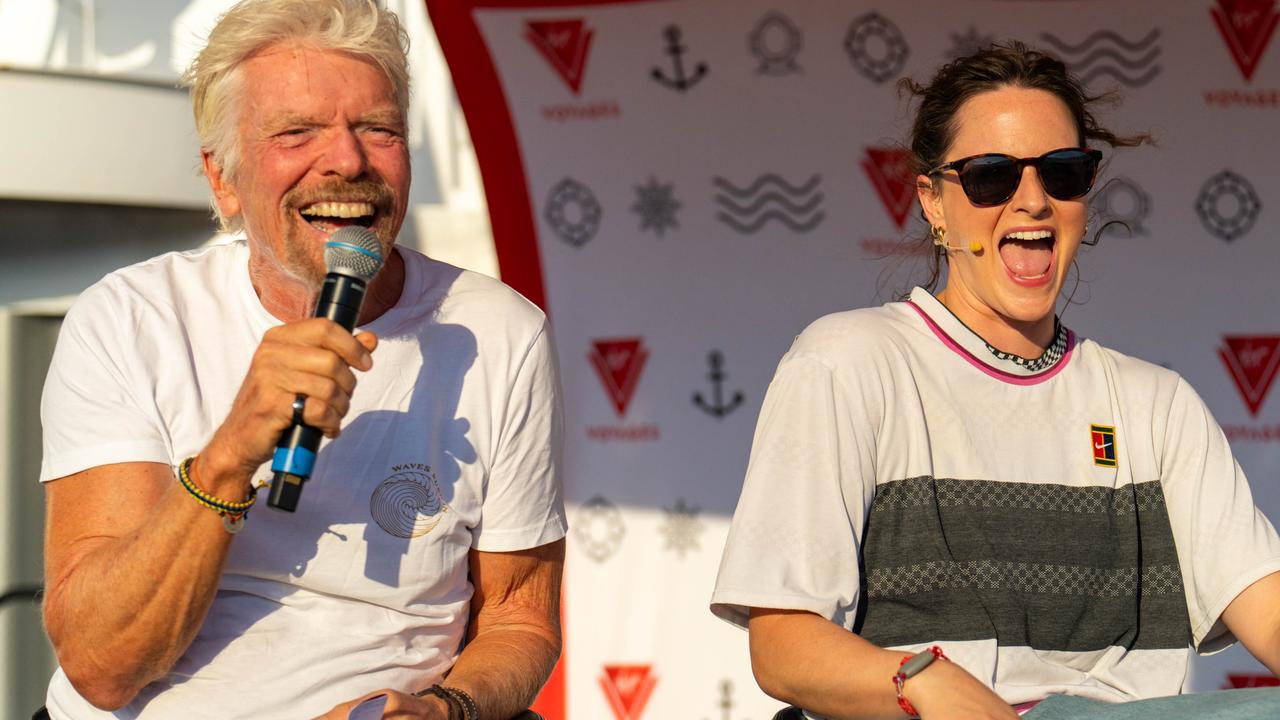Haunting photos show wreck of infamous $772m Costa Concordia cruise ship after it ran aground and sank killing 33
Haunting pictures of the once-lavish $772 million vessel that claimed 33 lives shows it being stripped of scrap and beaten by the elements.

The hulking wreck of the tragic Costa Concordia cruise ship was left to become a rusting relic of the tragedy that claimed 33 lives.
Haunting pictures of the once-lavish $772 million vessels show it being stripped of scrap and beaten by the elements, reports The Sun.
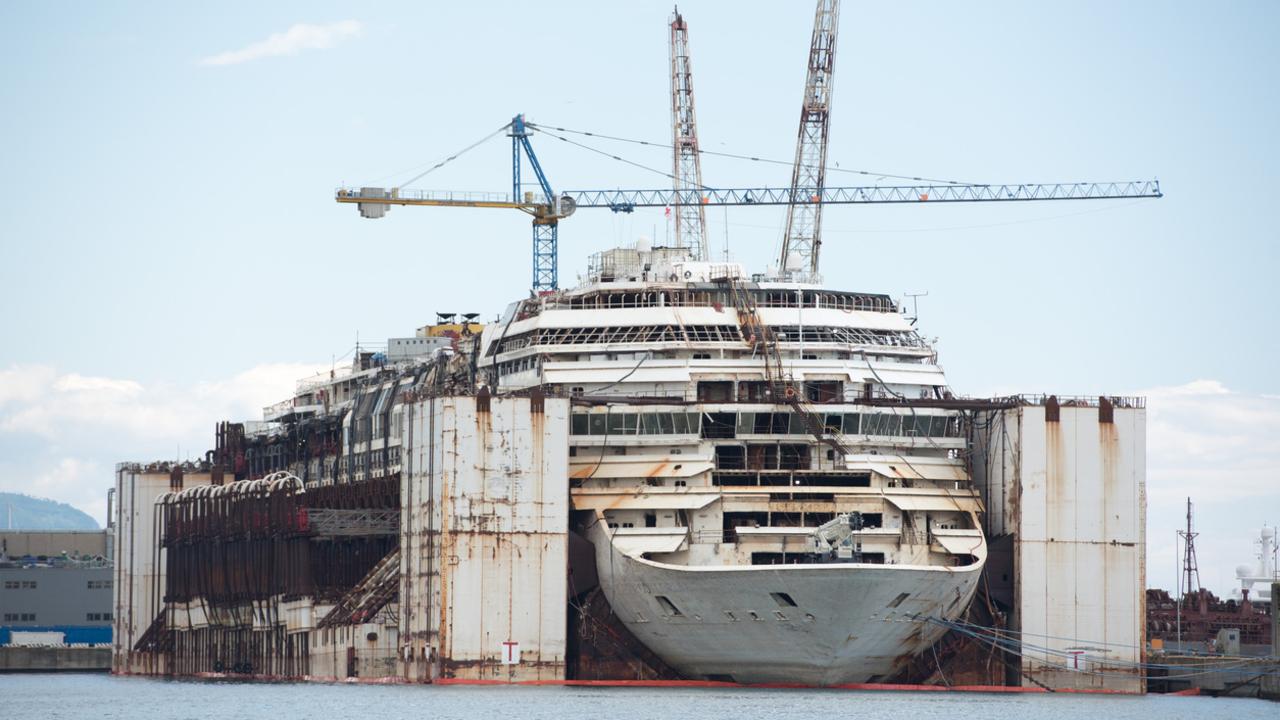
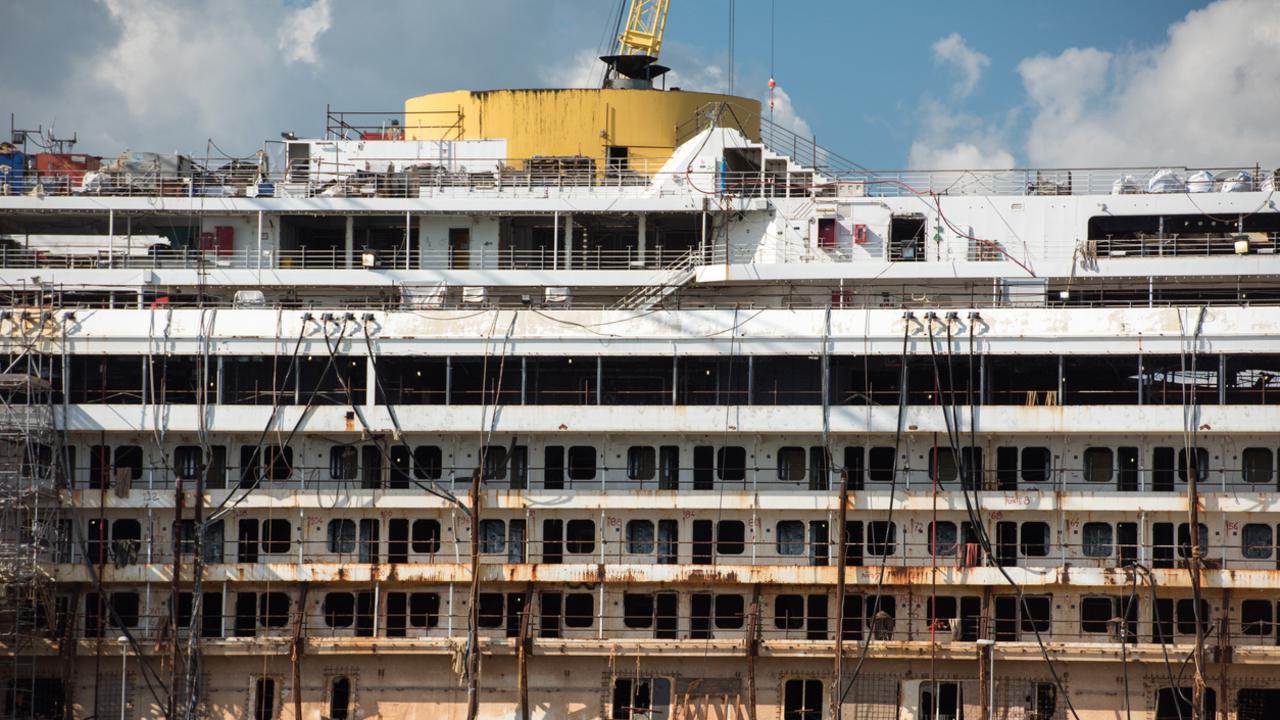
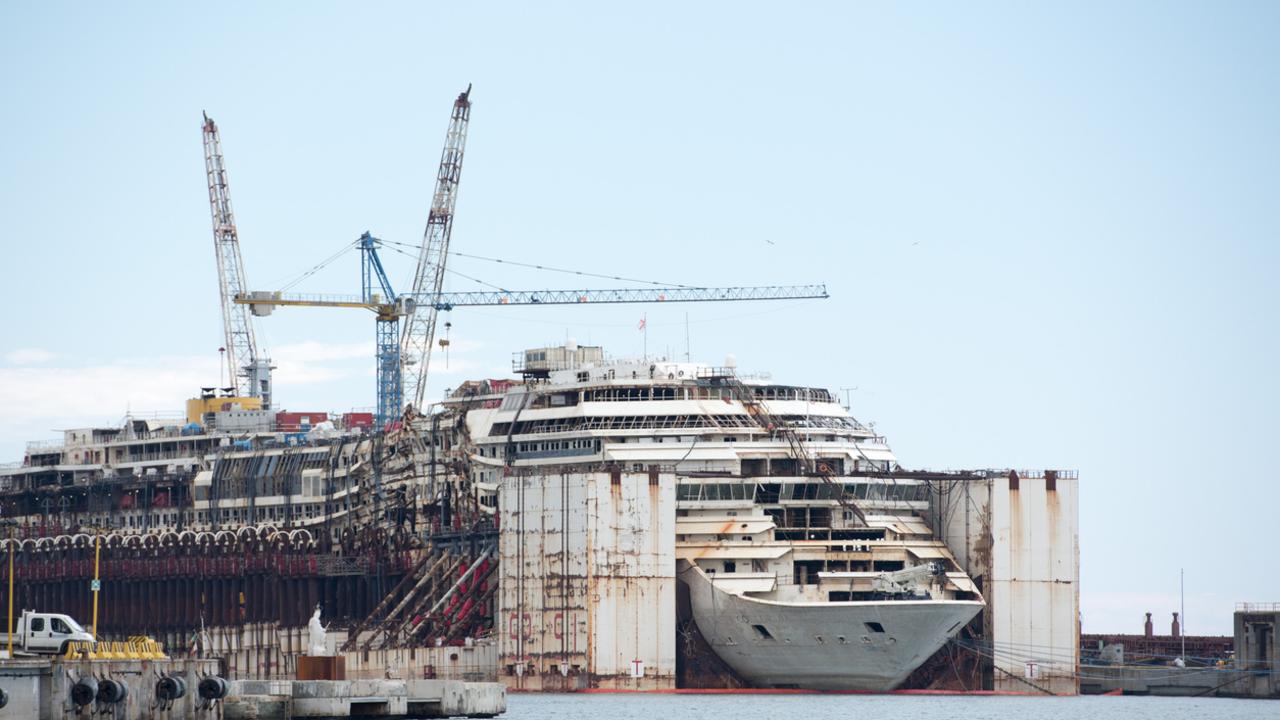

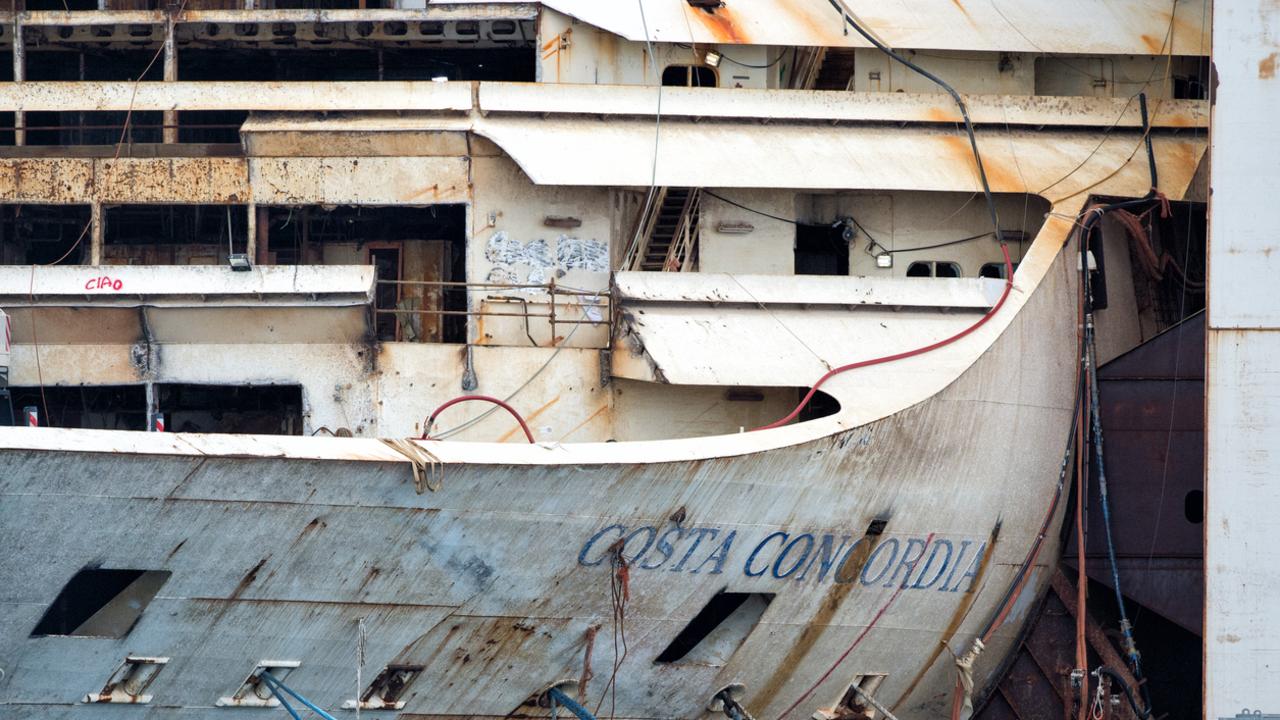
The photos, taken in 2015 but that have now resurfaced, show the sorry state of Costa Concordia before it was dismantled.
One of the pictures shows the upper deck of the ship rotting away after the cruise was left abandoned for years.
Rust can be seen taking over the entire body with exposed pipes and wires dangling all around the ship.
Another picture shows the cruise beached at her home port with cranes ready to strip the scrap off the ship.
Workers can be seen walking around the wreckage to dismantle the vessel part by part.
In 2012, Concordia accidentally took a detour while on a voyage and steered straight into underwater rocks, causing the ship to partially sink.
The captain of the ship Francesco Schettino, dubbed Captain Calamity, was one of the first people to jump out of the sinking vessel to save his own life.
He sparked fury around the world after leaving his passengers to die.
Built in 2004 in Genoa port by Carnival Corporation, Costa Concordia was one of the most luxurious cruise ships of her time – and the biggest ever built in Italy at the time of her service.
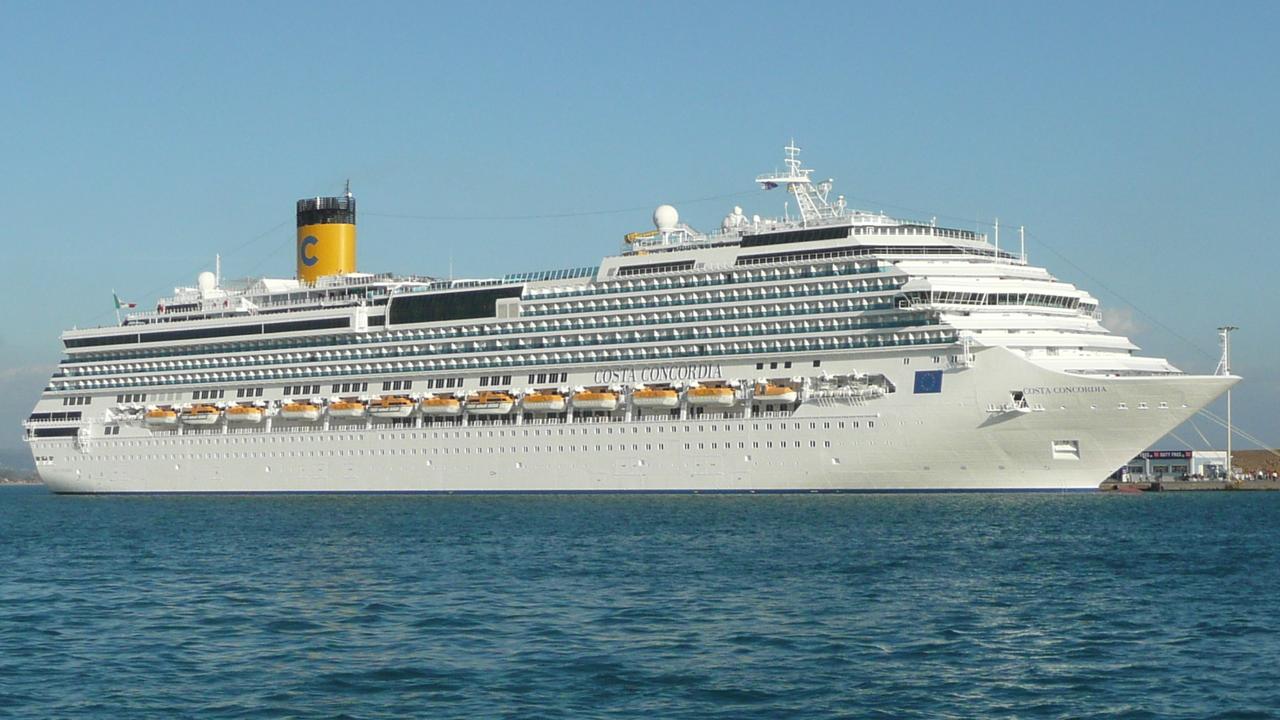
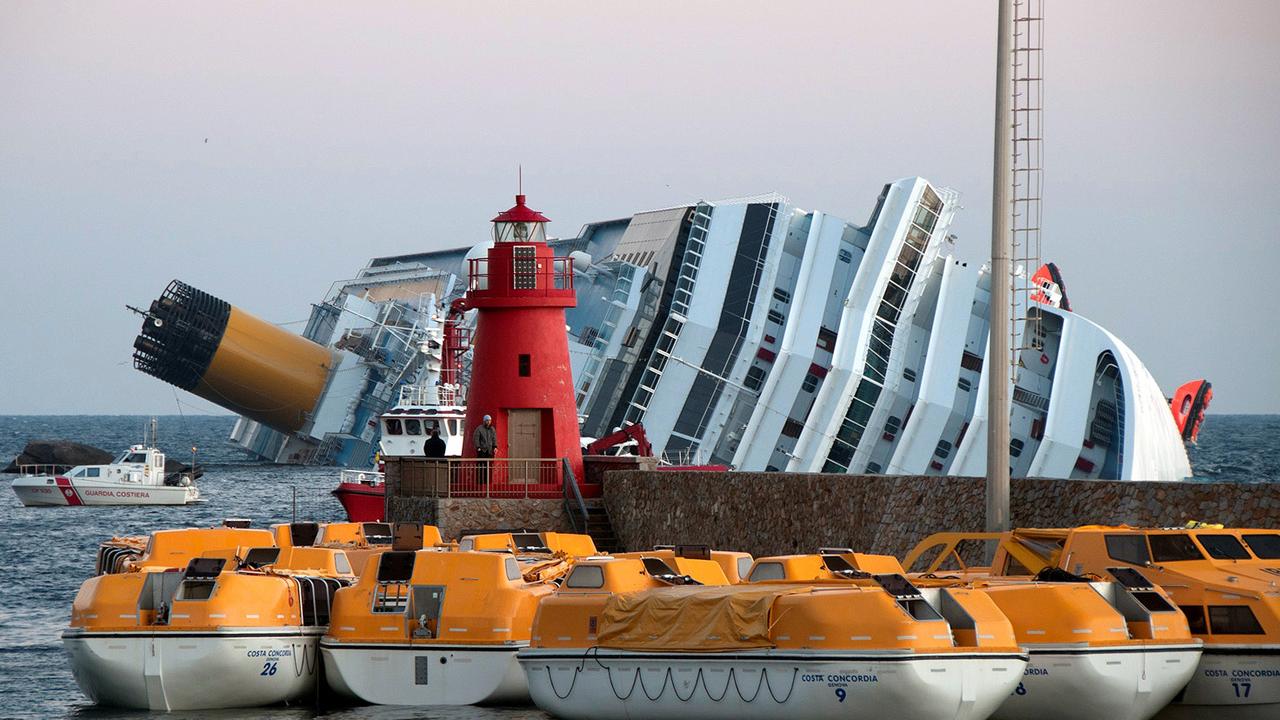
Interestingly, during the ship’s inauguration ceremony in 2005, a champagne bottle failed to break when it was swung against the vessel’s hull for the first time.
Many considered this to be a bad luck charm for the largest ship built in Italy at that time – but no one knew it would go on to become a dark reality.
On 13 January 2012, the seven-year-old Concordia was on a voyage around the Mediterranean Sea when she veered off from her planned route at Isola del Giglio, Tuscany.
In a chilling turn of events, the ship started to sail closer to a nearby island and struck a rock formation on the sea floor – which caused serious damage to the lower part of the ship.
A wide part of the hull was torn open, and water dramatically flooded parts of the engine room, cutting power from the engines and ship services.
As the water filled inside, the ship started to list on one side – and drift back towards the island despite the captain’s futile attempts to gain control over the vessel.
Eventually, the ship toppled sideways in an unsteady position on a rocky underwater ledge – and started to sink.
Soon after the incident, coastguards flocked to the horror scene to rescue all 4,252 people on-board – which included 1,023 crew members and personnel.
After a six-hour rescue operation, most of the people were brought ashore without severe injuries.
While thousands of passengers lived through a collective nightmare that ended up being the biggest cruise disaster since Titanic, 33 people tragically lost their lives during the rescue operation.
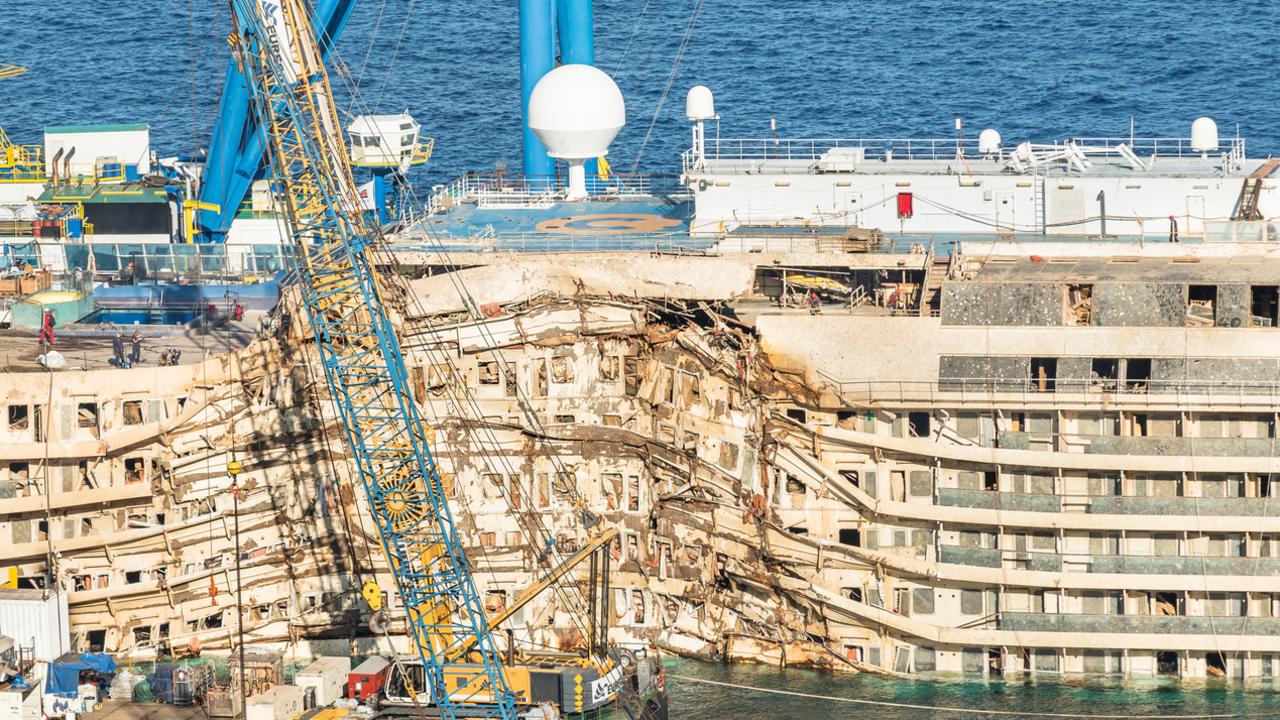
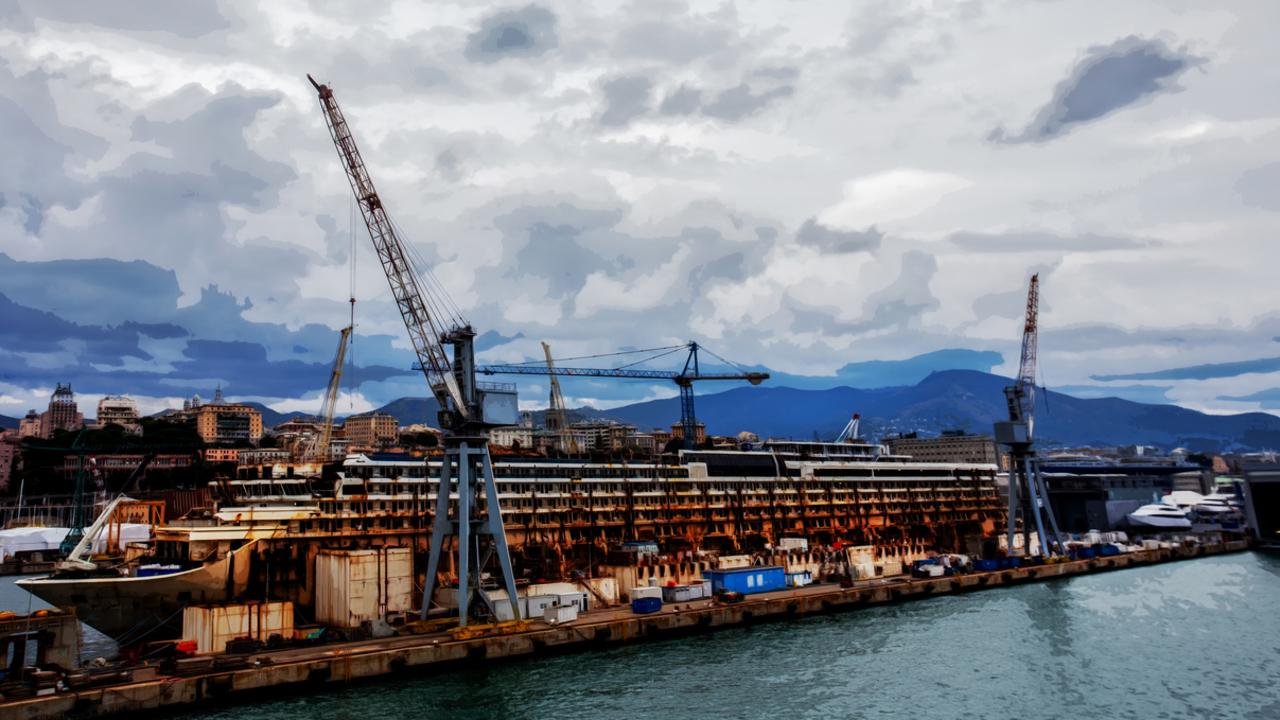

This included 27 passengers, five crew and a member of the salvage team.
On the 10th anniversary of this tragic event, Ester Percossi, one of the survivors told Reuters: “I remember the screams of the people, the people who were jumping into the sea. I remember the cold and the sensation of terror in everybody’s eyes.
“It is extremely emotional. We come here today to remember, most importantly, those who are no longer with us, and to relive the hell that we went through and try in some way to exorcise it.”
While many were branded heroes of the night who risked their lives saving other people, the ship’s captain, Francesco Schettino was not one of them.
Schettino was found guilty of manslaughter and sentenced to 16 years in prison.
Costa Concordia was declared a “constructive total loss” by the cruise line’s insurer, and her salvage is considered to be “one of the biggest maritime salvage operations”.
On 16 September 2013, the salvage of the shipwreck began and by the next day, the ship was set upright on her underwater cradle.
The ship was refloated using floating tanks welded to her sides and was sent to her home port in Genoa where she was scrapped.
But during her glory days, Concordia was one of the most luxurious vessels of her class – and the biggest of all cruise ships when she entered her service.
The cruise had 1500 cabins with 505 private balconies, lavish spa rooms, and the world’s largest fitness centre that spanned across 6,002.55 square metres.
The ship also had four swimming pools, two with retractable roofs, five jacuzzis, five spas, and a poolside movie theatre on the main pool deck.
More Coverage
There were also five world-class restaurants and 13 bars, including a cigar and cognac bar and a coffee and chocolate bar.
Entertainment options included a three-level theatre, a casino, a futuristic disco, a children’s area equipped with video games, and a basketball court.
This article originally appeared on The Sun and was reproduced with permission.



